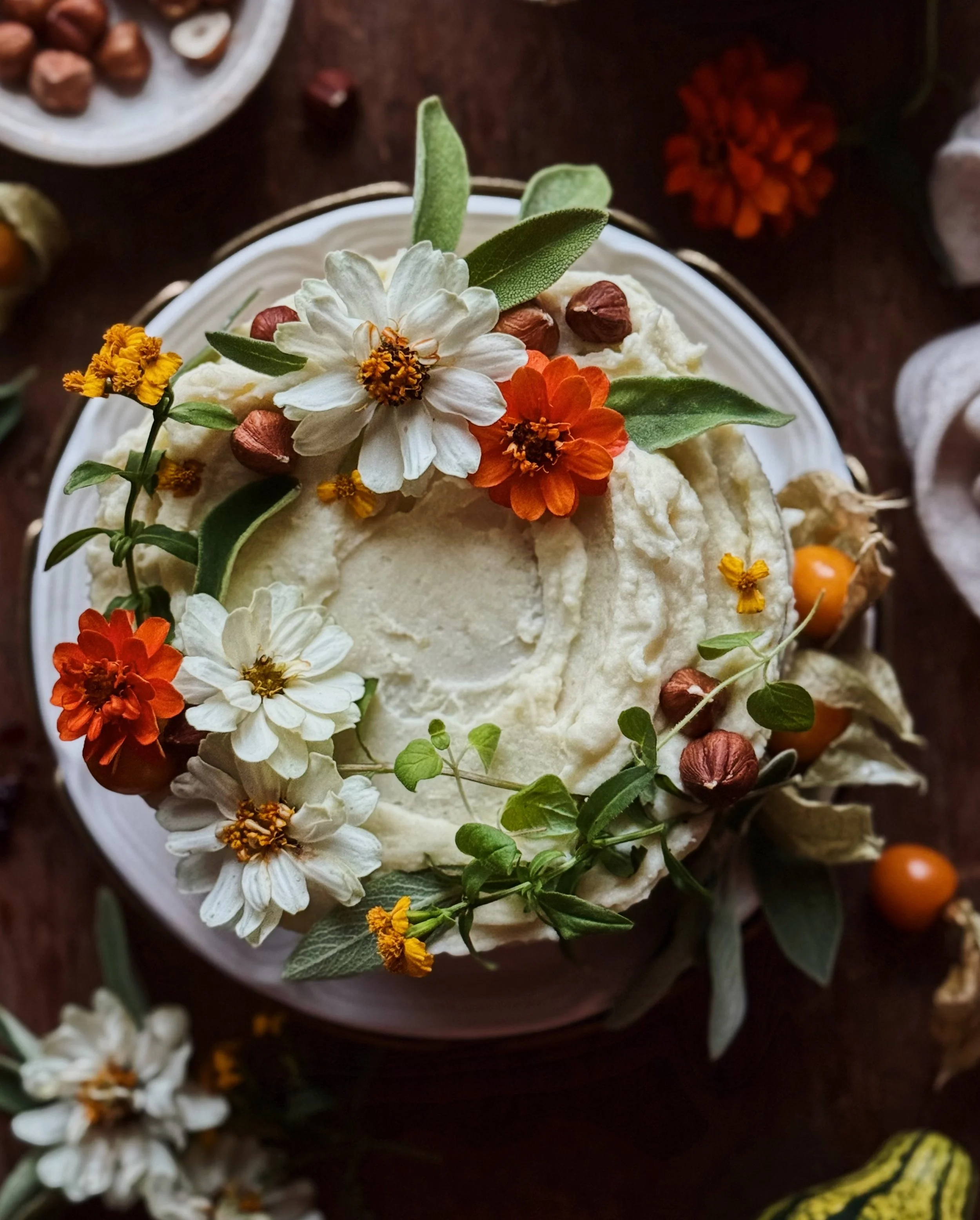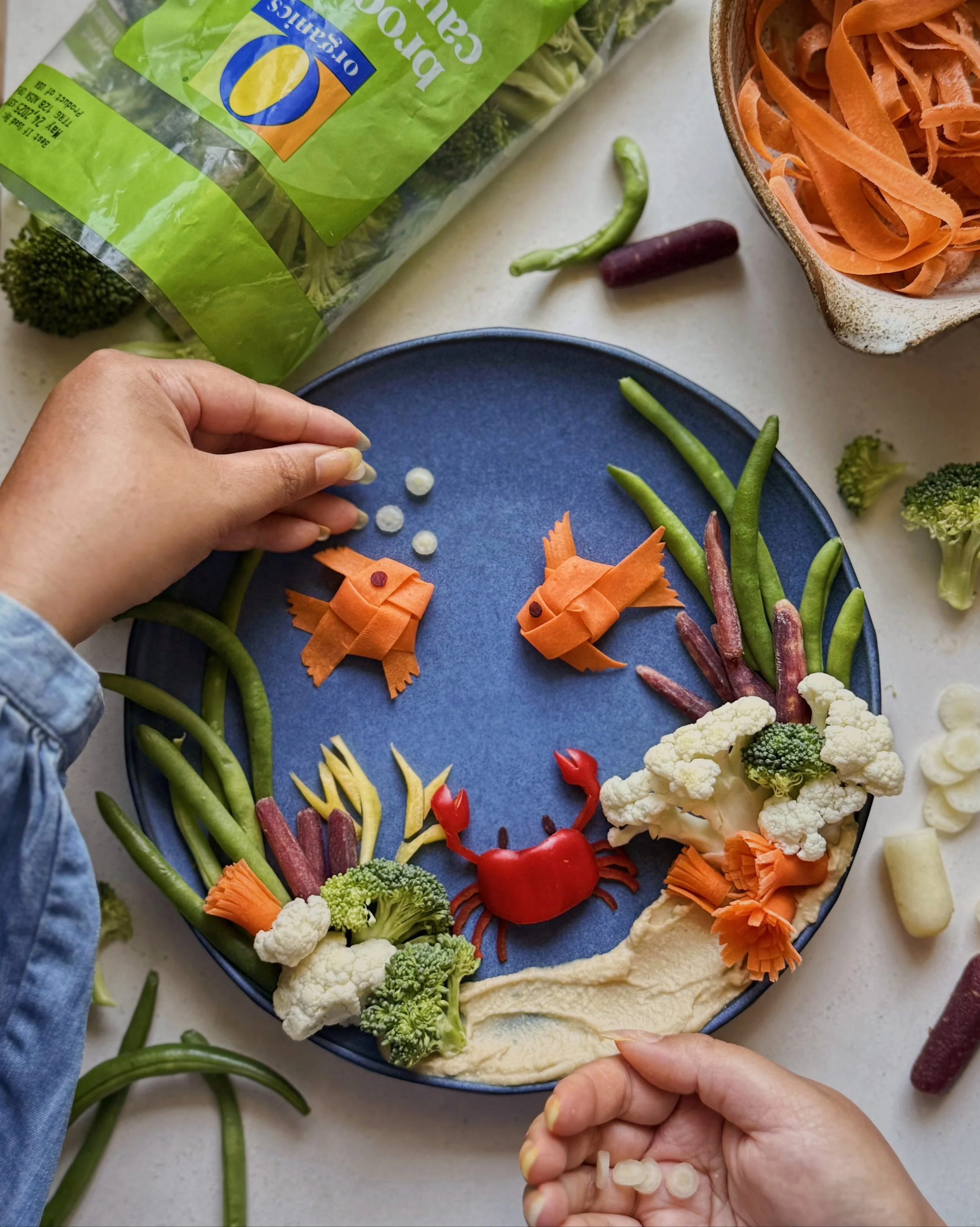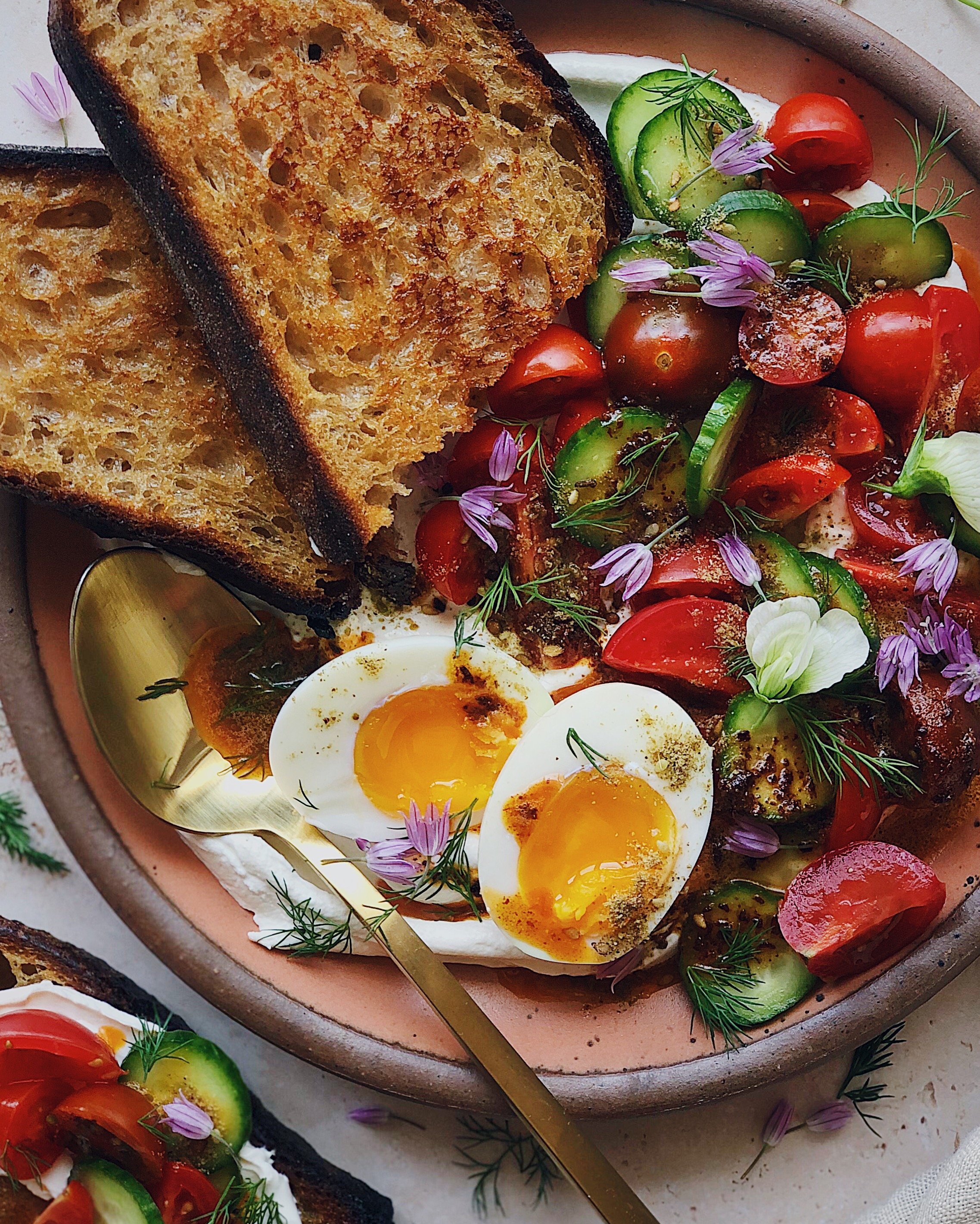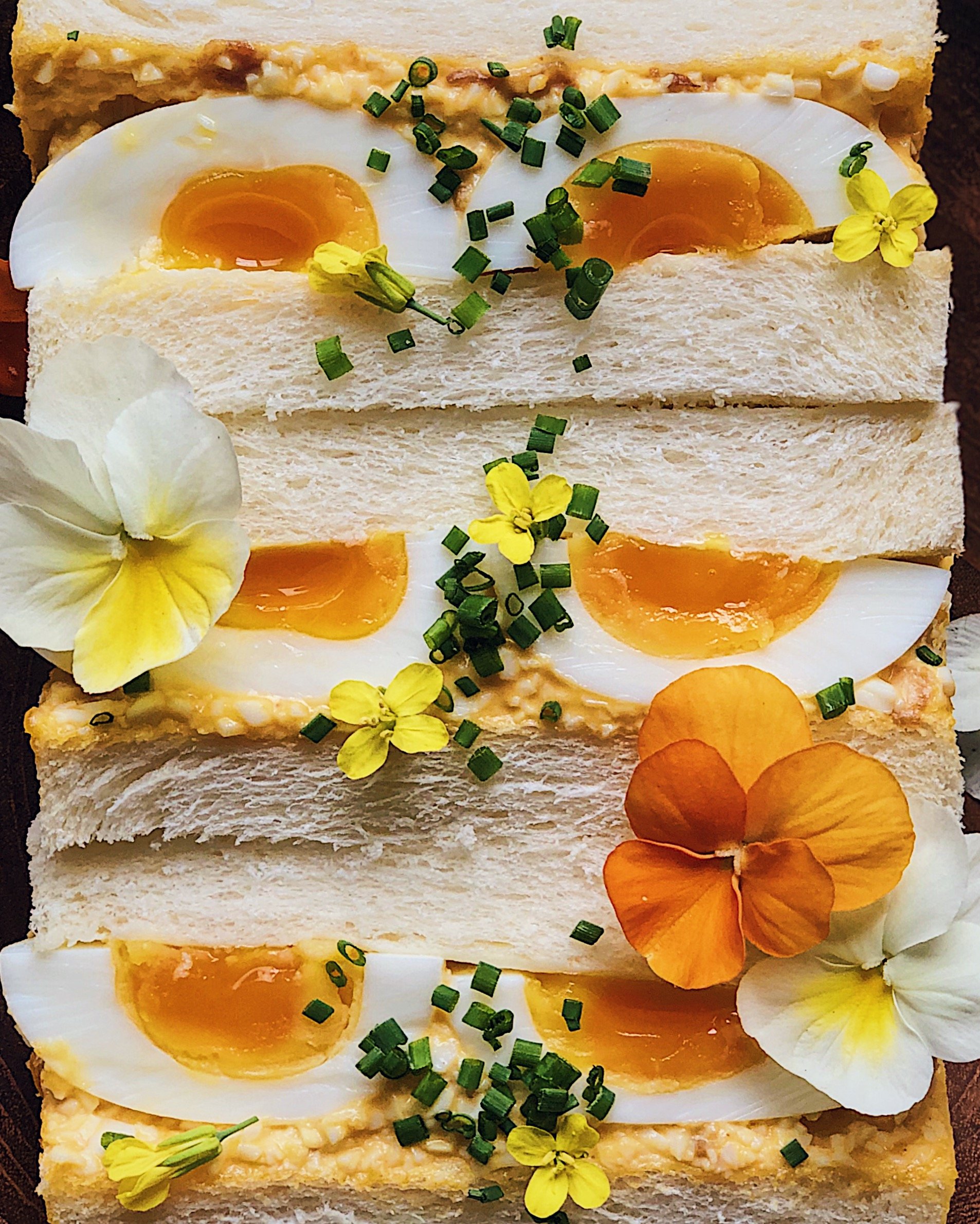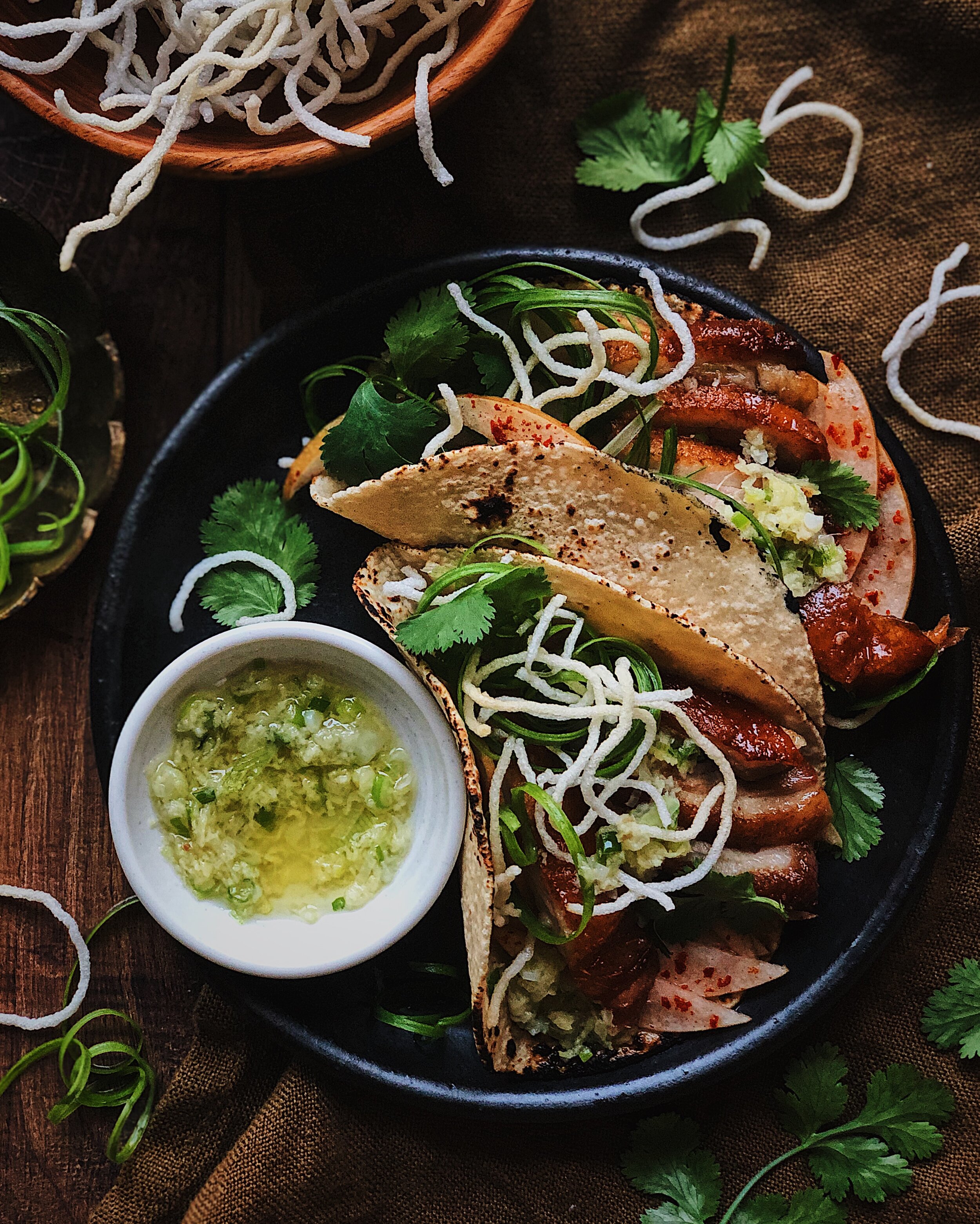Recipe: Easy Tomato Soup
/As much as I wish it did, soup season does not correspond with tomato season. But it turns out, that’s okay! Because my favorite recipe for tomato soup—one that tastes rich and velvety without any cream and is full of tomato flavor—uses canned tomatoes! Reliable and super-duper easy to make at any time of year, all you need is good canned tomatoes, a blender, and a few other basic ingredients to make that classic tomato soup that goes oh-so-well with a good grilled cheese sandwich (or topped with grilled cheese sandwich croutons)!
Blender soups are obviously my favorite soups to make because they are just so damn easy. And for this recipe, there is something about the onions and butter getting blended together that gives this tomato soup a great creamy texture without pushing the soup into bisque territory. And with a touch of my secret ingredient—fish sauce—to bring some extra umami, it will taste like this soup simmered in a grandma’s kitchen all day when it really takes hardly any time at all to make.
Here are the ingredients you’ll need to make my recipe for this easy tomato soup:
canned tomatoes: I’ve made this with various brands of canned tomatoes and I am always happy with the results but I will usually go for the San Marzano or San Marzano style tomatoes because they are more dense and have a better tomato flesh to seed ratio. Also note that tomatoes that are packed in puree or a thick puree-like tomato juice will obviously render a thicker, more flavorful soup that the ones where the tomatoes are packed in water. This means you will have to adjust the water-to-tomato ratio a bit as you make the soup, to get the consistency that is to your liking. (After watching this in-depth review of canned tomato brands by Ethan Chlebowski, I typically get the brand Cento.)
butter: Salted or unsalted is fine. Since canned tomatoes typically come with a considerable amount of salt, there’s not need to fuss over whether your butter has salt in it or not either. This is a recipe where you are going to want to taste for seasoning while you go.
onion: If I’m lucky enough to find sweet onions at the grocery store, I like to use them when making this soup. But I’ve also made this with regular red onions or yellow onions; any of these will do perfectly well here.
garlic: Gotta have a little garlic in tomato soup! I usually do about 6 cloves because I love garlic.
fish sauce: The (not so) secret ingredient! I add fish sauce to any tomato-based soup or sauce I make because I think it really adds an extra depth of flavor and brings out the tomato-y flavors. It will not taste fishy but it will taste delicious.
This soup may be amazingly easy to make but it’s also quite presentable with the help of some little finishing touches. Look at what a glorious blank, vibrant red canvas awaits you below! Some leaves of fresh basil, a drizzle of good olive oil, some cracks of black pepper, or even a little swirl of crème fraîche would make this soup as a much a treat for the eyes as the taste buds.
If you wanna get really crazy, make your favorite version of a grilled cheese and cut it up into little cubes to top your tomato soup with grilled cheese croutons. For the image at the top of this recipe, I made mine with sourdough, white cheddar, gruyere, and a drizzle of sriracha, and used herbed butter to toast/fry it up in the pan.
Note: This recipe makes 2 generous portions that are enough for meals in my household when paired with grilled cheese sandwiches.
How to Make Easy Tomato Soup
Ingredients
4 tbsp (1/2 stick) butter
1 medium onion, peeled and cut into rough wedges
4–6 garlic cloves, smashed and peeled
28 oz can of whole peeled San Marzano tomatoes
water
1/2–2 tsp fish sauce (or to taste)
Optional Garnish Ideas
fresh basil leaves
cracked black pepper
chives
crème fraîche
extra virgin olive oil
parmesan cheese
grilled cheese croutons
Special Equipment
blender
Procedure
In a Dutch oven or study medium-sized pot, gently melt butter on medium-low heat. Add onions and sweat them until they start to become translucent. Add garlic and turn heat down to low, stirring regularly until it becomes fragrant and loses its raw bite but doesn’t brown. Transfer to a blender.
Add the can of tomatoes, including the liquid/puree. Fill the can a quarter of the way with water (about 7–8 ounces) and slosh around to incorporate any remaining tomato residue from the can; add this to the blender as well.
Set the blender to liquify all the ingredients together then return everything to the pot on low heat. If the soup seems too thick, add a small amount of water at a time to get the desired consistency.
Stir in 1/2 teaspoon of fish sauce and then taste for seasoning. There’s a possibility that if you had a lot of salt in your canned tomatoes and/or you used salted butter so you won’t need to season any further. If needed, continue to add fish sauce, a little bit at a time, until the seasoning is to your liking. You won’t need to cook down this soup much after it comes out of the blender, so be sure to taste it at that point and add seasoning to your preference.
Keep the soup on low heat, stirring occasionally, until it’s hot all the way through and starting to bubble or simmer. At this point, it’s ready to serve. Top with your desired toppings and enjoy!
